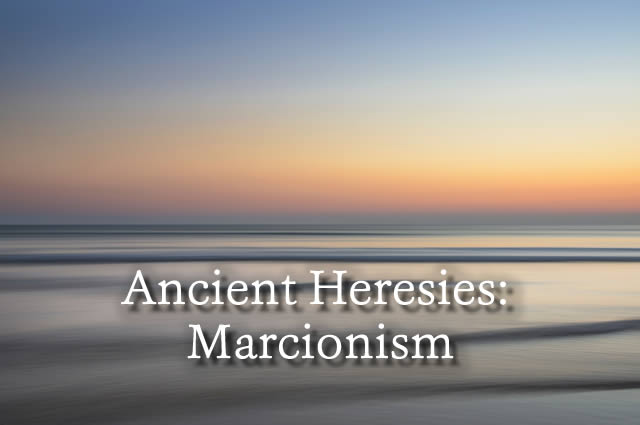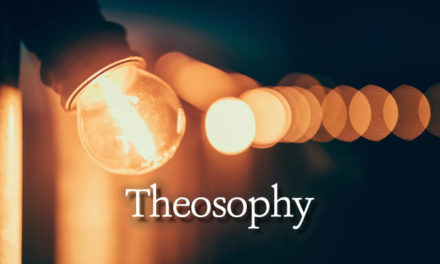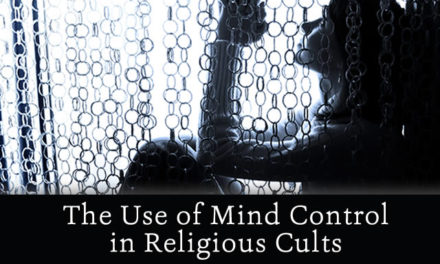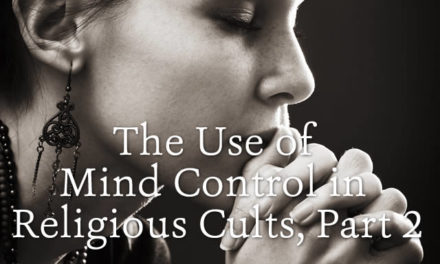Marcion, born in Pontus about 100 AD was one of the more significant of the Gnostic heretics. The impact of his teachings and movement are largely unknown today. However, every time you open your Bible today you see some the effect his movement had upon the Church.
Marcion saw himself as a reformer. According to him the bad influence corrupting the Church and the Gospel were derived from the Jews and the Old Testament. The Encyclopedia of Religion (page 468) says Marcion spent much of his life in “…the attempt to purify Christianity from all contact with Judaism. His real cleavage with orthodoxy lay in his denial of unity to the First Principle (monotheism – editor). There were two gods, a just depicted in the Jewish scriptures (the demiurge or creator) and a good God revealed by Christ. The one demanded ‘an eye for an eye and a tooth for a tooth’, the other ‘To him that smiteth on the one cheek offer also the other.’
This seemed a logical contradiction to Marcion, which led to his rejection of the entire Old Testament canon. Among the New Testament books he accepted ten of Paul’s letters but edited by Marcion to exclude any Jewish elements, and a similarly revised Luke. This Marcion presented as the acceptable content of a New Testament canon. Until then the Church had not approved a canon. The books that later were recognized as the canon were in common use by the Church and were recognized as authoritative. The Church had not yet officially recognized, or ‘canonized’, them as the complete revelation of the New Testament gospel. Marcion’s efforts in this regard, together with his teachings, helped to make that step an evident necessity. In the process of dealing with Marcion the Church came together as a united, whole, and integrated body, which became known as the ‘catholic’ church.
The absence of controversy in the area of doctrine can lead to an imprecise understanding of it. When controversy, or heresy, rears its head the understanding of what the Bible teaches must be defined first before the error can be properly refuted. Most of our creeds come from such controversy. The creeds are simply precise expressions of what the Bible teaches on given topics. C.S. Lewis, in his book Mere Christianity, refers to this as the “shock of controversy” that lead to the crystallization of the Trinitarian formula we know today.
Like other Gnostics Marcion affirmed the deity of Christ. However, because of their belief that matter is inherently unholy they could not accept that Christ was incarnate, having a genuinely material body. His body was a manifestation, but not real substance. Marcion affirmed this tenet as well. But, Marcion, in effect, equated Christ with the Father Whom he was revealing. This is the modalist concept of God wherein one Person is as one time the Father, another He is the Son, and at another time is the Holy Spirit. One Person, One God. This teaching is refuted by John in chapter one of his gospel. The Marcionites, interestingly, practiced baptism for the dead, as did the Montanists.
There are mysteries and paradoxes in scripture that give rise to differing views on how they are resolved. Martin Luther thought the Epistle of James should not have been in the canon because it seems to support works for salvation. Some of the early Church Fathers differed on what books should be considered as divine revelation because they perceived conflicts in them with other accepted revelation. As time went on these differences were resolved. The tension arising out of these perceived conflicts have lead to numerous heresies, sects, denominations, theological schools of thought, etc. The multitude of differences among us is in stark contrast to the rock solid unity of scripture and its universal acceptance. This reality is a commentary on the readers of scripture not on the scripture itself. Our knowledge and perspective is limited. Humility is therefore in order.
By David Henke






